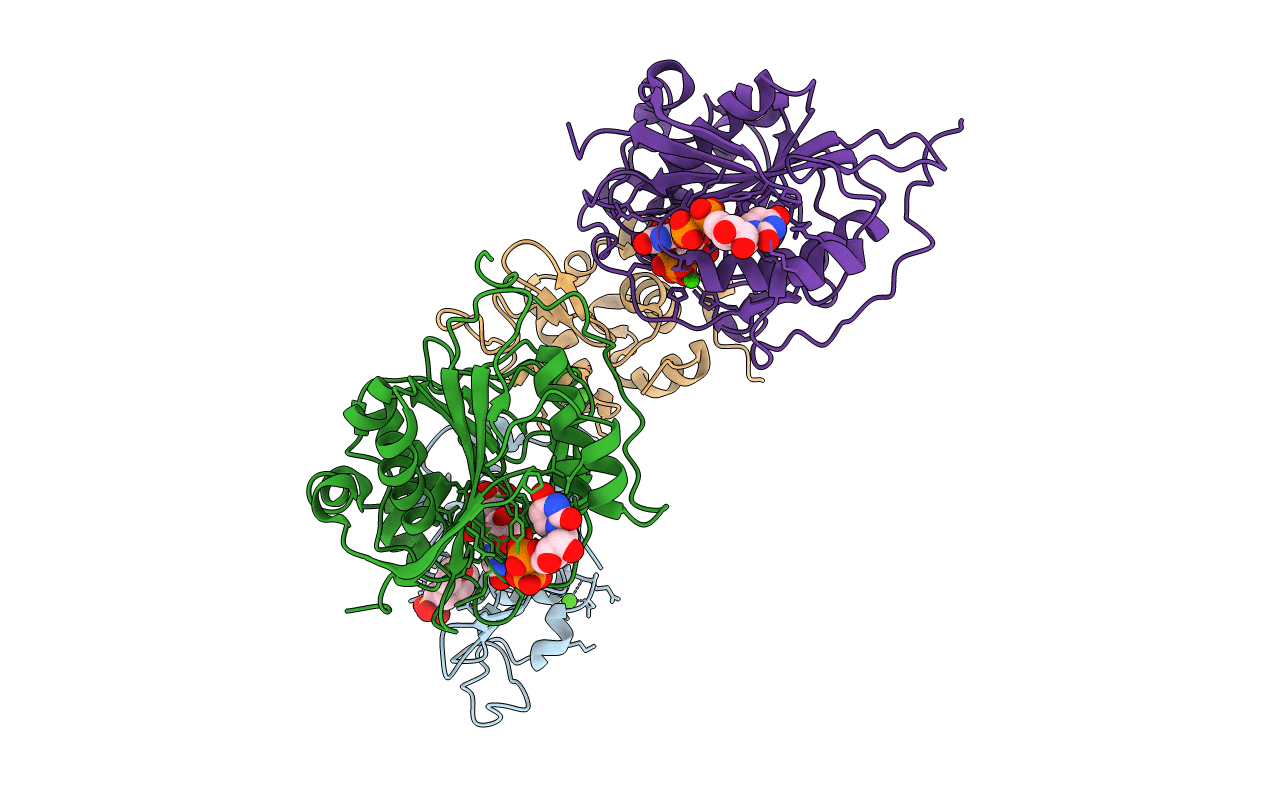
Deposition Date
2006-02-07
Release Date
2006-03-14
Last Version Date
2024-10-30
Entry Detail
PDB ID:
2FYC
Keywords:
Title:
Crystal structure of the catalytic domain of bovine beta1,4-galactosyltransferase-I in complex with alpha-lactalbumin, Ca and UDP-galactose
Biological Source:
Source Organism:
Mus musculus (Taxon ID: 10090)
Bos taurus (Taxon ID: 9913)
Bos taurus (Taxon ID: 9913)
Host Organism:
Method Details:
Experimental Method:
Resolution:
2.00 Å
R-Value Free:
0.24
R-Value Work:
0.2
R-Value Observed:
0.2
Space Group:
P 1 21 1


